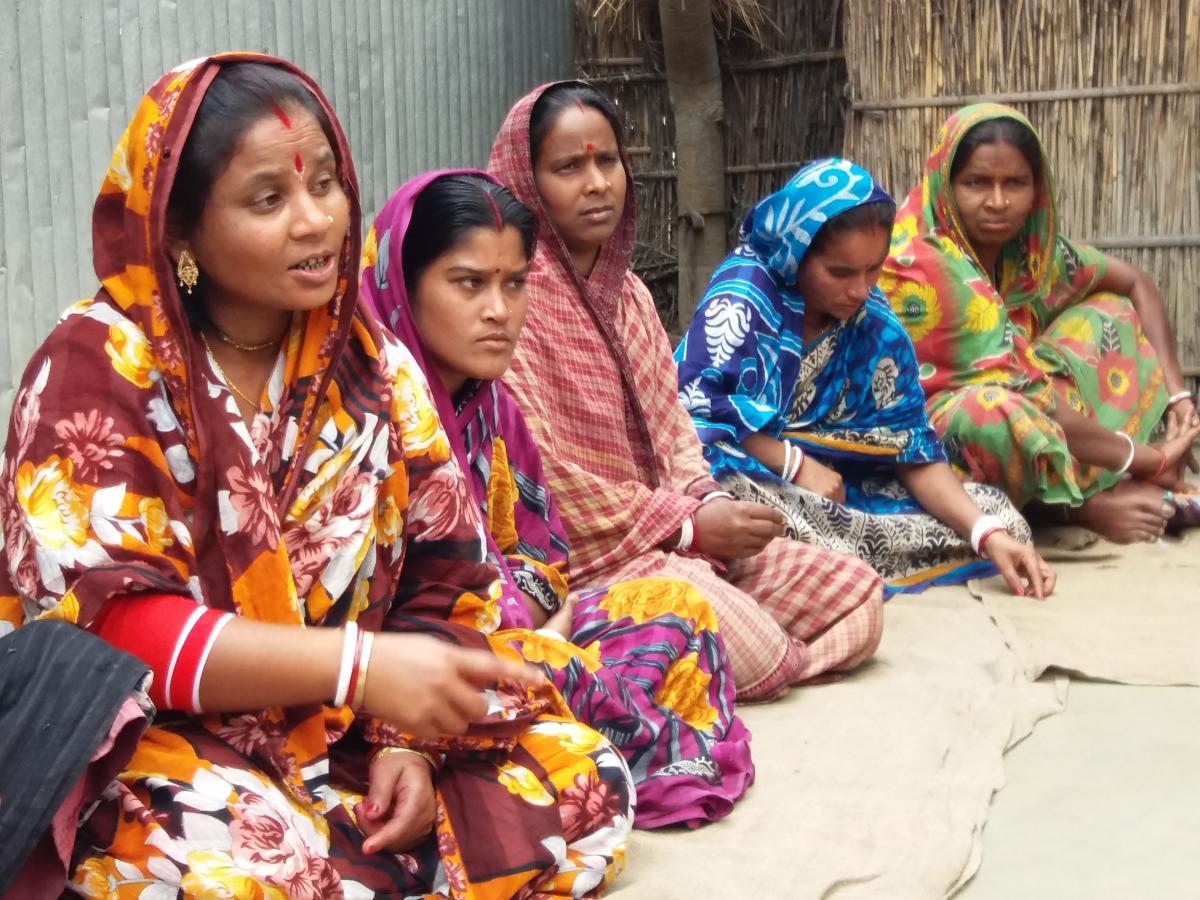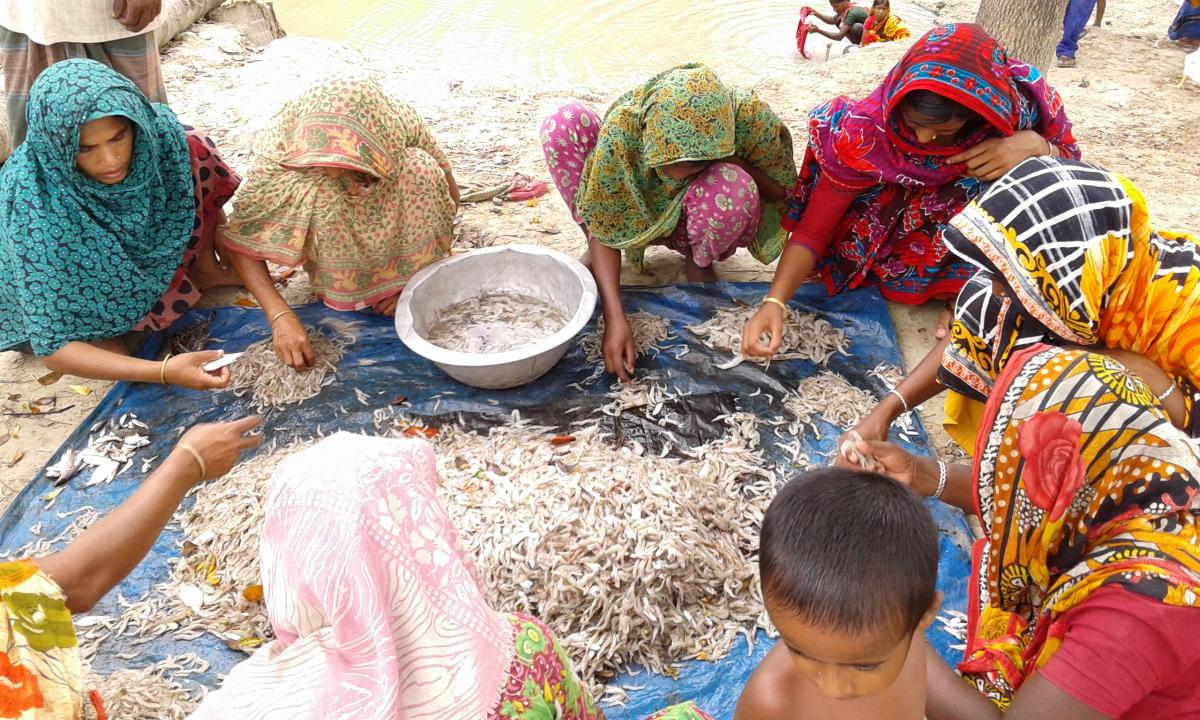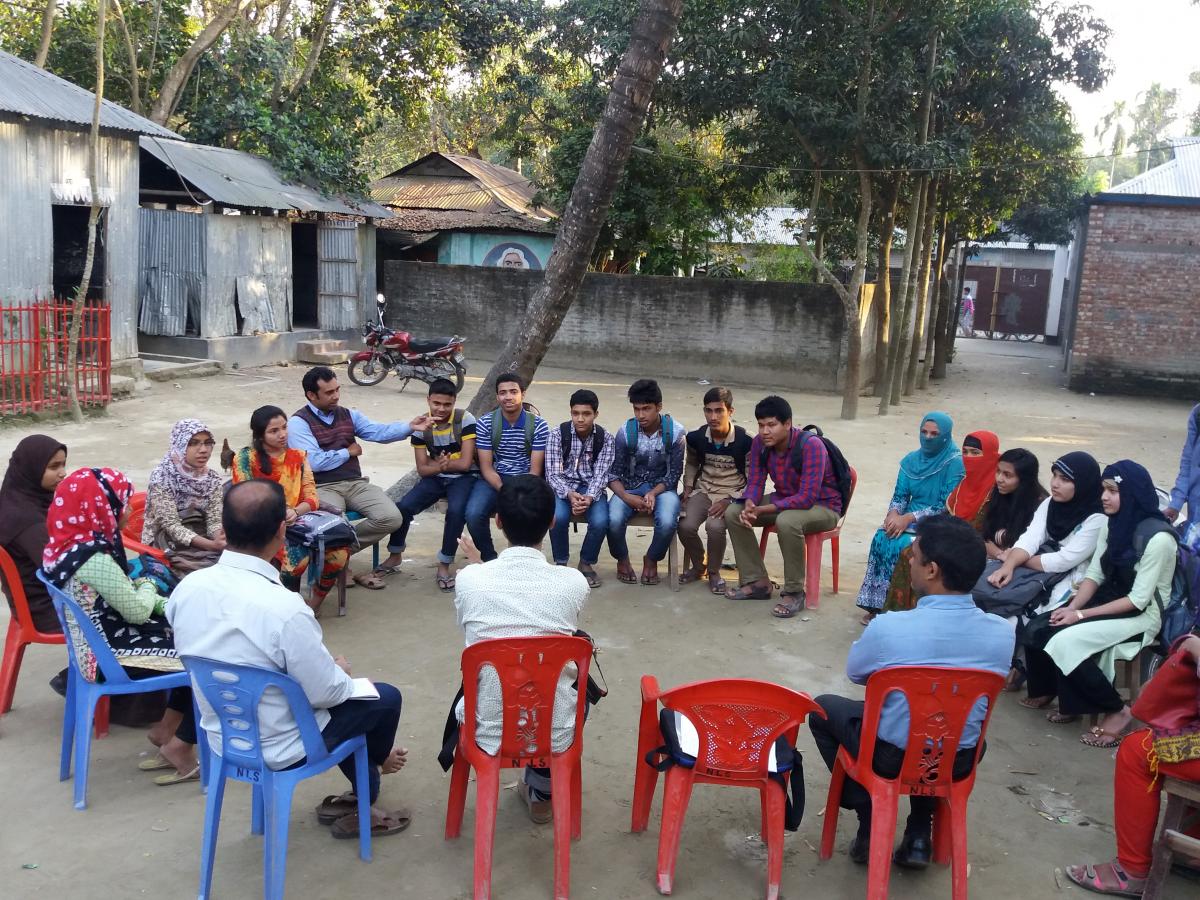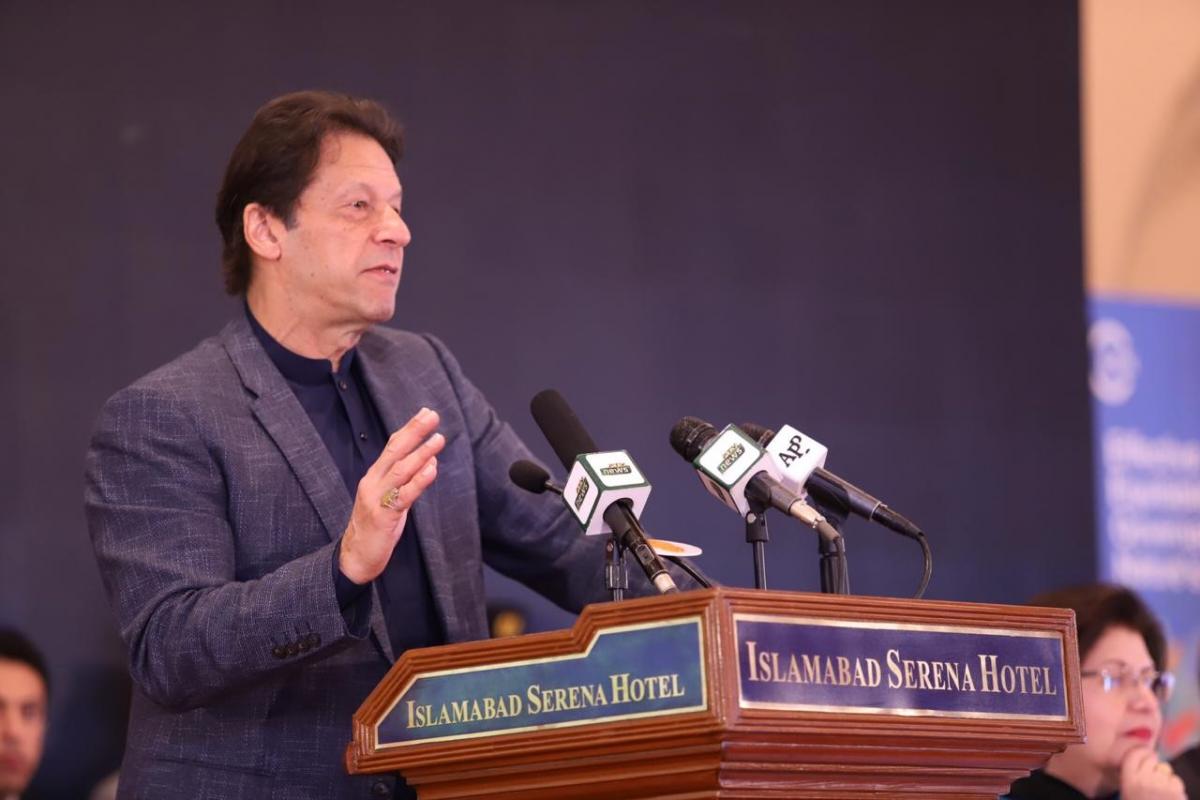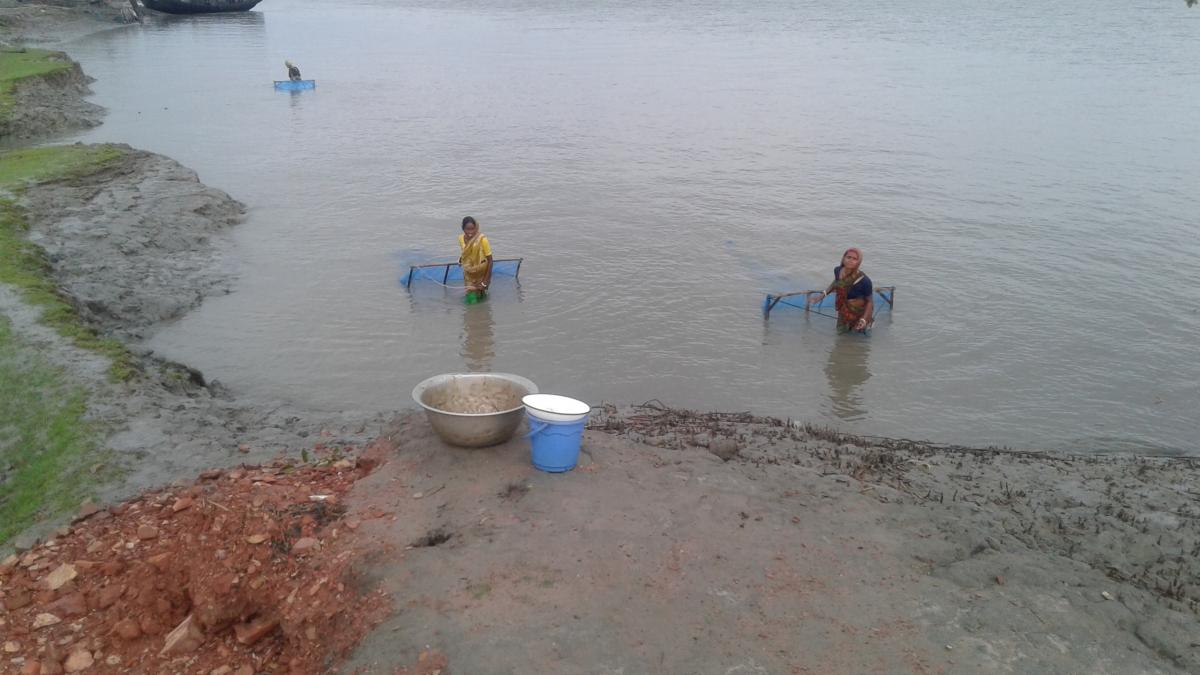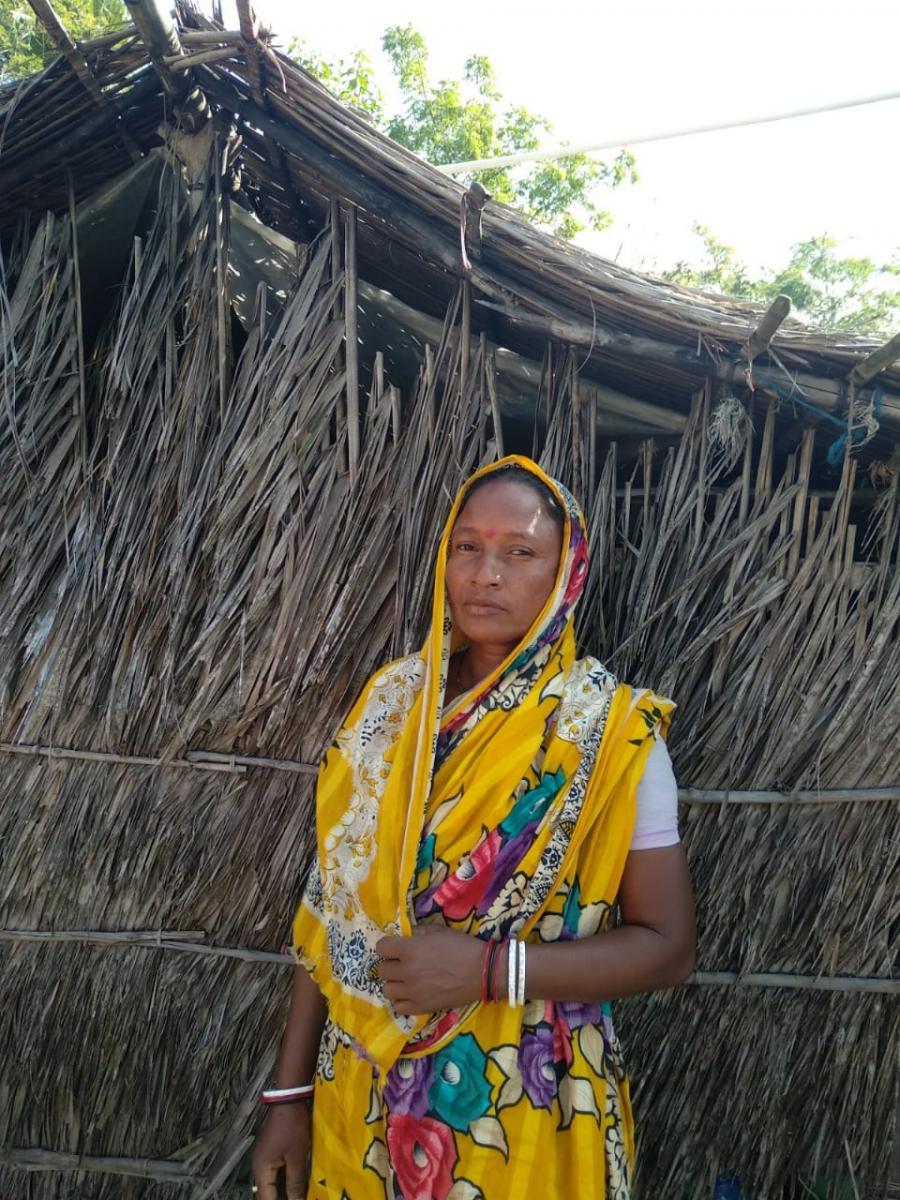Blog: Environment, Gender and Bangladesh
IUCN’s Environment and Gender Information (EGI) platform provides evidence and knowledge to guide action toward women’s empowerment and gender equality in environmental spheres. Based on recent EGI dataset (2015−2017), this article analyses gender mainstreaming in the environmental sector of Bangladesh.
IUCN’s EGI was initially developed in 2013 as a pilot index, named the Environment and Gender Index; it is now known as the Environment and Gender Information platform. The EGI platform aims − through data and analysis − to convey the value of gender-responsive environmental conservation and sustainable development. By providing new evidence-based information and knowledge products, this platform guides action toward a more just world. The EGI has evolved into a source for new knowledge creation and dissemination. It is also a source for revealing progress and challenges to meet commitments to women’s empowerment and gender equality in environmental spheres.
A key lesson learned from the pilot index was the vast extent of data gaps at the intersection of gender and the environment. Therefore, the IUCN Global Gender Office (GGO) focuses on developing individual datasets under the EGI platform, based on the needs of IUCN and its partners and sponsors around the globe to fill the most pressing data gaps across various sectors. Information is disseminated through knowledge products, including mainly full reports and factsheets, found on the EGI page of IUCN GGO website, as well as incorporated into presentations and capacity building workshops. The datasets can stand alone, but also fit under the larger umbrella of this information platform.
In 2013, IUCN GGO conducted a worldwide assessment and for the first time calculated an Environment and Gender Index. Six categories, namely Livelihood, Ecosystem, Gendered Rights and Participation, Governance, Gendered Education and Assets, and Country-Reported Activities were considered with 27 indicators under them. Scoring 43 out of 100, Bangladesh was one of the weakest performing countries. It was ranked 60 out of 72 (globally) and 12 out of 13 Asian countries. Regionally, Bangladesh was lowest performer in the gender-based right and participation category and the second highest performer in the country-reported activities category.
Although the full index has not been updated since its development, a quick look into various recent EGI datasets (2015−2017) revealed some important aspects. Regarding representation, there was no women participation in the government delegates to the CBD COP12 and the UNCCD COP11. Women made up 11% of government delegates to the UNFCCC COP20 in Lima. In 2015, the focal points to the GEF and the UNFF were men. On the other hand, the focal points or contacts to the BRS Conventions had 50% women. In 2015, 22% heads of National Environmental Ministries in Bangladesh were women.
Regarding reporting, no gender and/or women keywords were included in Intended Nationally Determined Contribution (INDC) of UNFCCC. Same is true for the national report to the Basel Convention and the State of Conservation (SOC) reports to the World Heritage Natural and Mixed Sites from Bangladesh. For Ramsar Marine & Coastal Reports, on the other hand, two of seven reports from Bangladesh included gender and/or women keywords.
The National Implementation Plan (NIP) of Bangladesh to the Stockholm Convention (2009) does include gender and/or women keywords. It views women as vulnerable, beneficiaries and stakeholders of NIP actions, and mentions information about women’s vulnerability to persistent organic pollutants (POPs) via studies of pregnancy and breast milk. It mentions national policy frameworks relating to gender. It further includes gender considerations within a goal or objective, incorporates sex-disaggregated data and covers activities relating to gender. The latest Fifth National Report to the CBD (2015), on the other hand, has shown hardly any mentioning of women and/or gender, only mentioning one NBSAP goal relating to gender concerns in the forestry sector and mentioning Bangladesh’s latest report outlining its progress on the Millennium Development Goals (MDGs). The situation was same with minimal gender references for CBD reporting in 2013, based on EGI data.
In January 2017, IUCN’s GGO published an analysis of women and gender equality consideration in the National Biodiversity Strategy and Action Plans (NBSAPs). Bangladesh was not included in the analysis since its latest NBSAP (2016-2021) was not available during the assessment by GGO.
An analysis of this document by Haseeb Irfanullah shows that women’s role in biodiversity conservation has been included in Bangladesh’s NBSAP, particularly regarding conserving agro-biodiversity and traditional knowledge and practices, and facilitating sustainable use of genetic resources. The NBSAP further underlines the fact that building women’s capacity, creating alternative income options, promoting women-friendly technologies (e.g. fish culture in cages), and enhancing women’s participation in community-based organizations may also ensure their involvement in biodiversity conservation.
The policy analysis part of Bangladesh NBSAP highlights that the National Women Development Policy 2014 has acknowledged the contribution of women in natural resource management and appreciated the importance of equal opportunity in agriculture, forestry and related sectors. To integrate biodiversity conservation in implementing this policy, the NBSAP recommends that the women’s existing active roles in biodiversity conservation should be included in the policy so that the real value of how societal culture and tradition, especially in the rural areas, help the conservation would be appreciated. More attention could be given to capacity building of rural women to engage them in biodiversity conservation both at the household and community levels. Despite this analysis, the 20 national targets and 50 activities to implement the NBSAP have not addressed women and/or gender separately.
Mentioning gender or women in policy documents and national reports indeed can indicate a country’s commitment towards gender mainstreaming in the environment sector. Translating these wishes into action remains a much greater challenge. The Bangladesh Climate Change and Gender Action Plan (ccGAP, 2013), developed in partnership with the IUCN GGO, for example, has been a timely and well-thought-out document, but remained unattended to since its preparation.
The ccGAP, however, has given a good basis to the gender discourses of the draft ‘Bangladesh Environment, Forestry and Climate Change Country Investment Plan (CIP) (2016−2021)’ of the Government of Bangladesh. It has also helped to prepare the ‘CIP Gender Action Plan’ − an important part of the CIP. To monitor country’s investment in these interconnected sectors, more than 200 indicators have been identified, including IUCN’s EGI.
The EGI gives a good baseline to monitor women’s empowerment in Bangladesh’s environment, forestry and climate change sectors by 2021. Rigorous, updated studies must be conducted periodically to capture changes and note progress along these indicators.
This article was contributed by Molly Gilligan of IUCN Global Gender Office [@IUCN_Gender], Washington D.C. and Haseeb Md. Irfanullah [@hmirfanullah] of IUCN Bangladesh Country Office.
Citation of this article: Gilligan, M. and Irfanullah, H.M. (2017). Environment, Gender and Bangladesh. IUCN Blog. Accessed on https://www.iucn.org/news/bangladesh/201705/blog-environment-gender-and-bangladesh, on [access date]. IUCN, International Union for Conservation of Nature.
